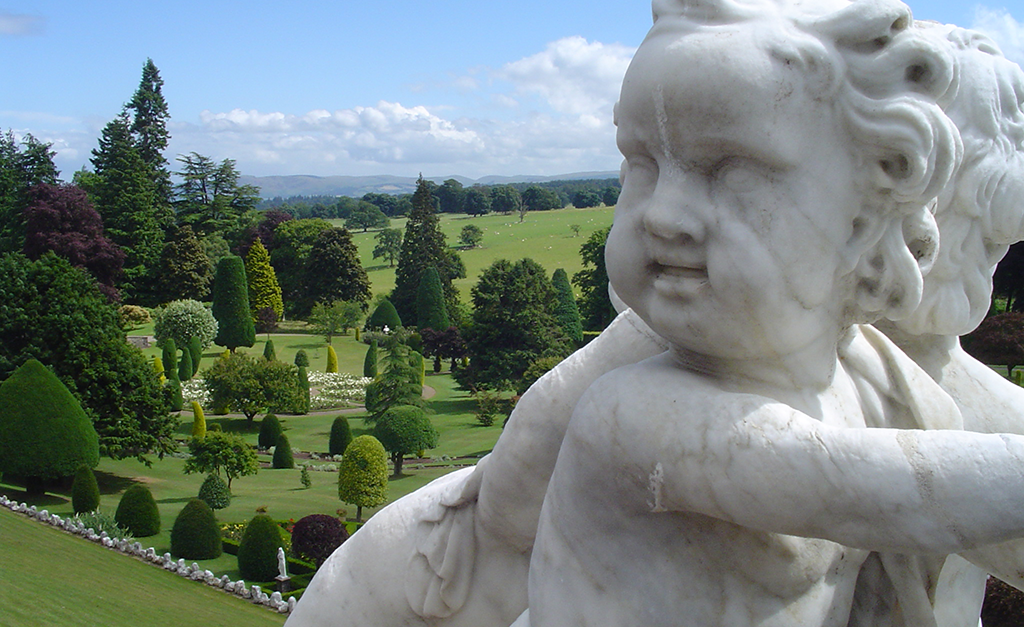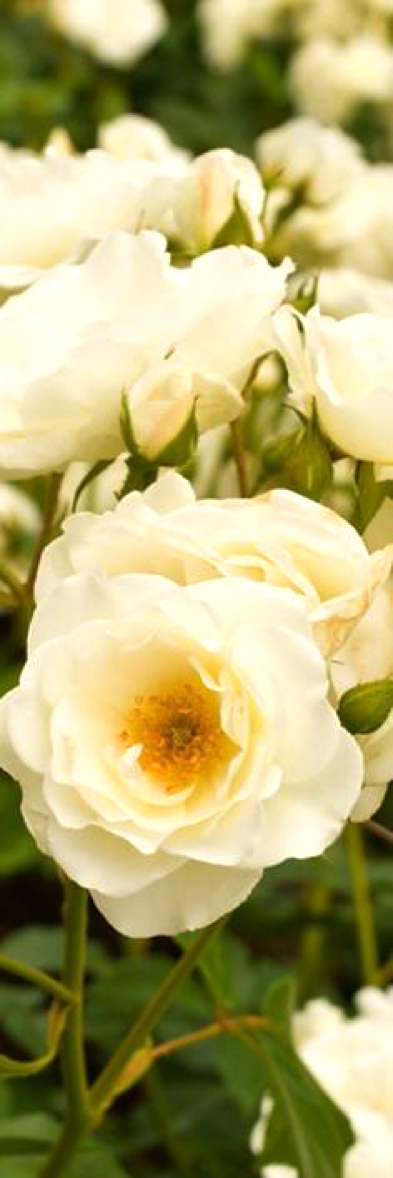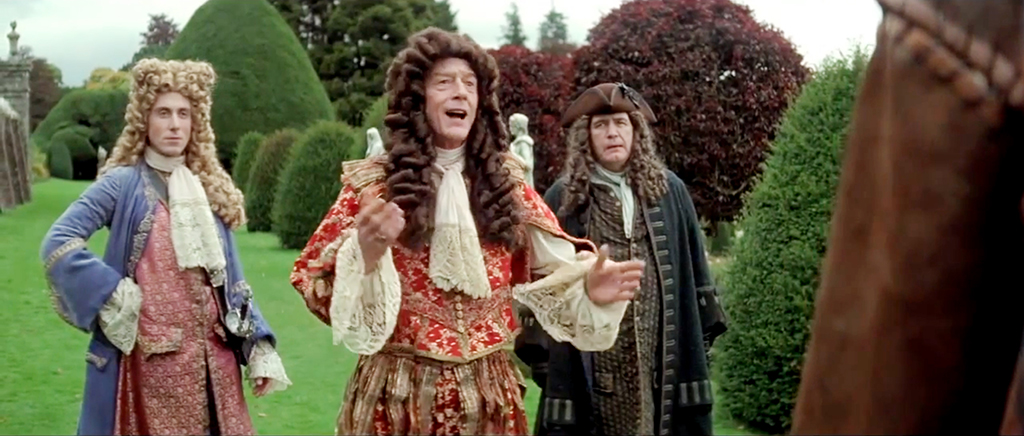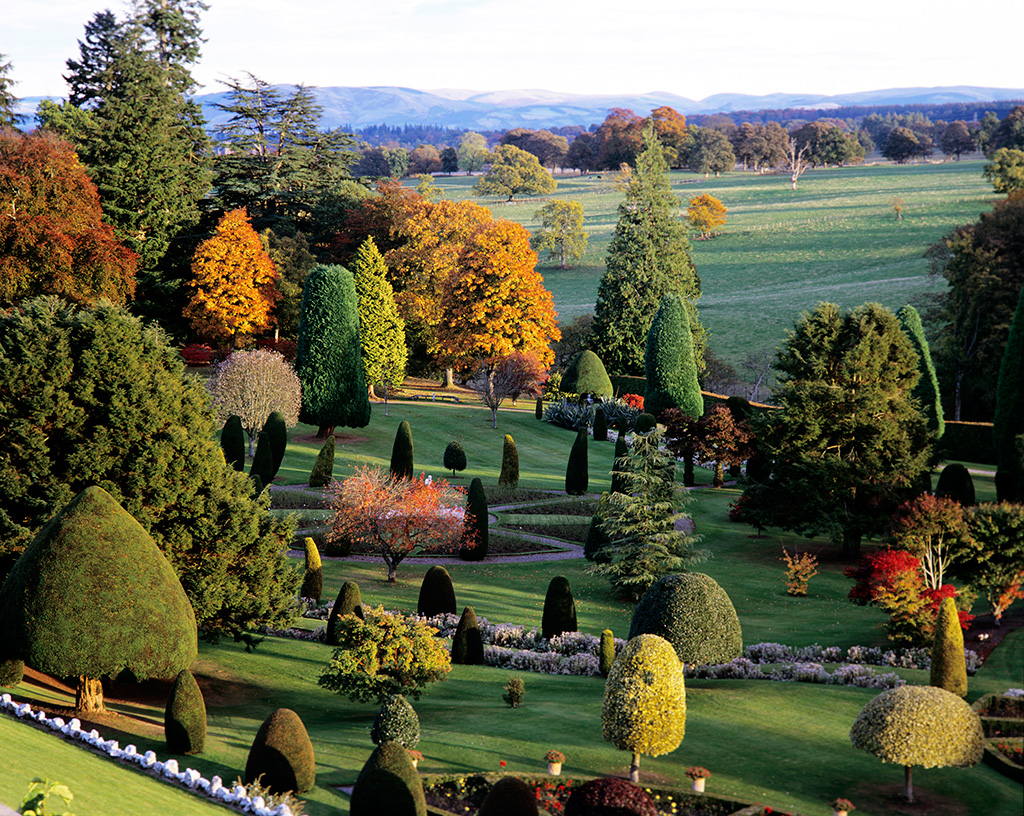The History of the Garden
Drummond Castle Gardens is one of Europe's and Scotland's most important and impressive formal gardens. Located in Perthshire near Crieff, it dates back to the 17th Century. The gardens were redesigned and terraced in the 19th Century. The formal gradens that you see today were replanted in the 1950s but preserve many of the original features, the ancient yew hedges and the remaining beech tree planted by Queen Victoria, commemorating her visit in 1842.
The Formal Gardens have featured in many films and adverts, most notably in the United Artist feature film Rob Roy. Visitors are welcome to visit the gardens, although the castle remains closed to the public.
Drummond Castle Gardens, Drummond, Perthshire, Scotland, Crieff, Gardens, Formal Gardens, Yew hedges, Formal Planting, Historic Gardens, Quenn Victoria, visitors, tourism, History, Film, Film location, Topiary, Acer, Maples, Sundial
178
wp-singular,page-template-default,page,page-id-178,wp-theme-bridge,wp-child-theme-bridge-child,bridge-core-3.3.4.2,qode-optimizer-1.0.4,,vertical_menu_enabled,side_area_uncovered_from_content,footer_responsive_adv,qode-child-theme-ver-1.0.0,qode-theme-ver-30.8.8.2,qode-theme-bridge,qode_header_in_grid,wpb-js-composer js-comp-ver-8.5,vc_responsive
The History of the Garden
Home > The History of the Garden







